THE INDIAN EDUCATION SYSTEM SARASWATI THE GODDESS OF

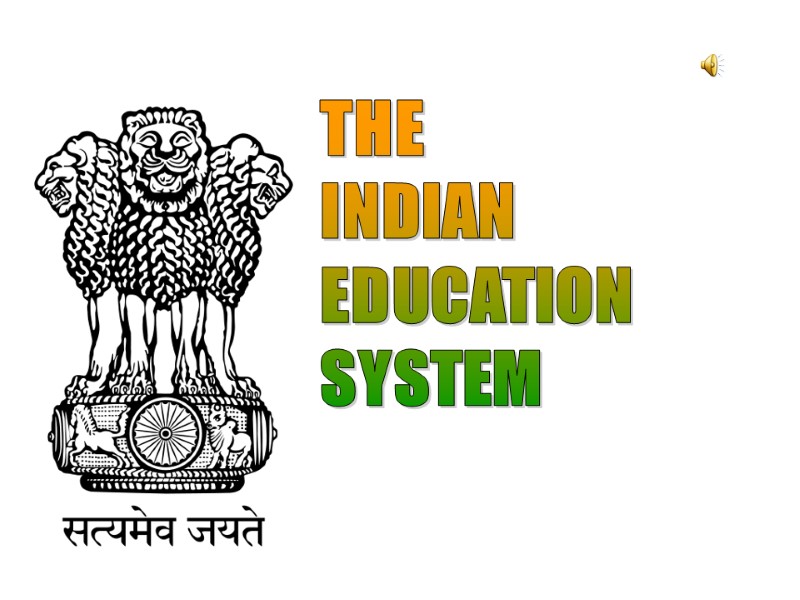
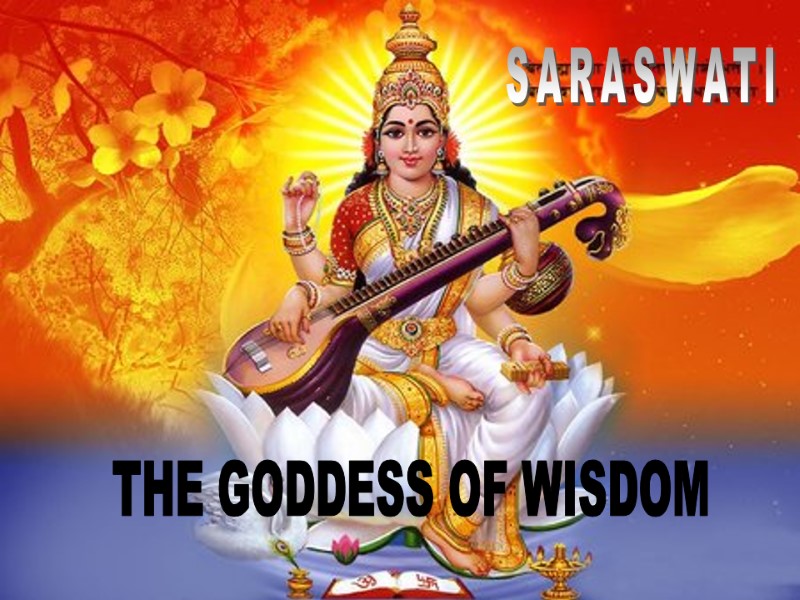
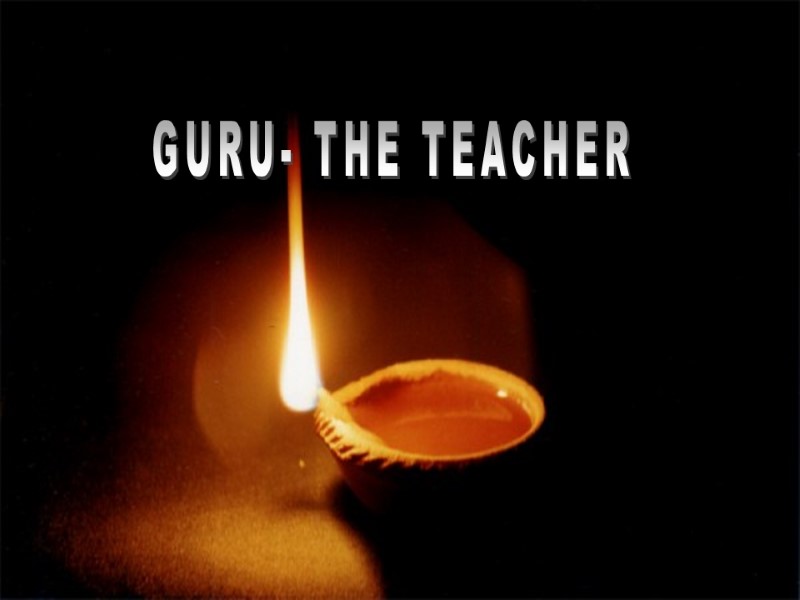
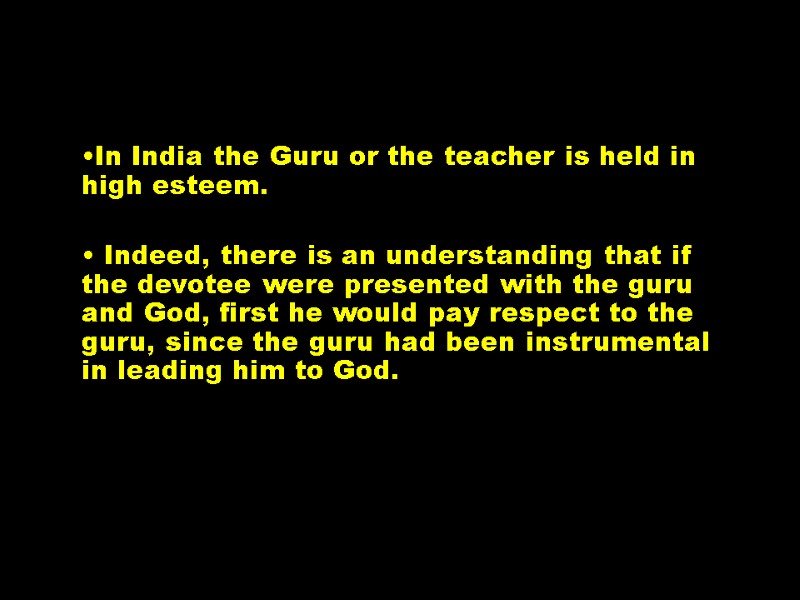

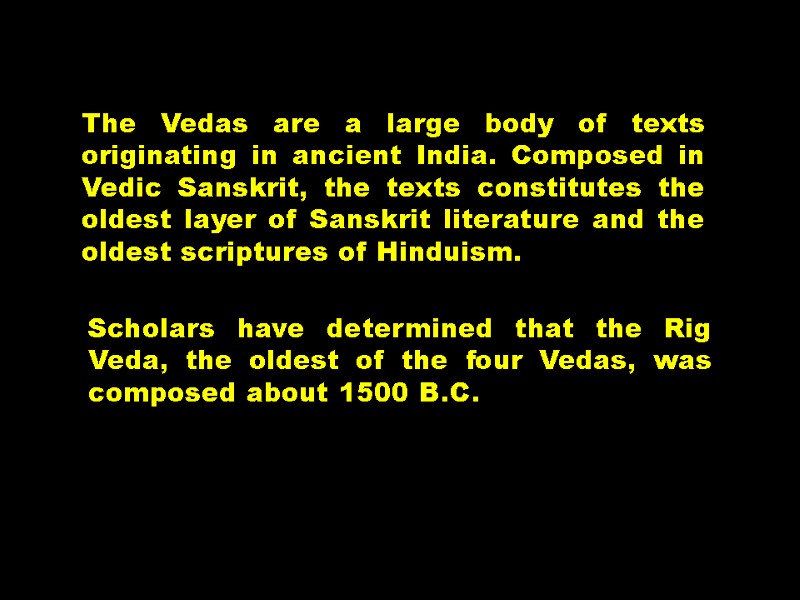
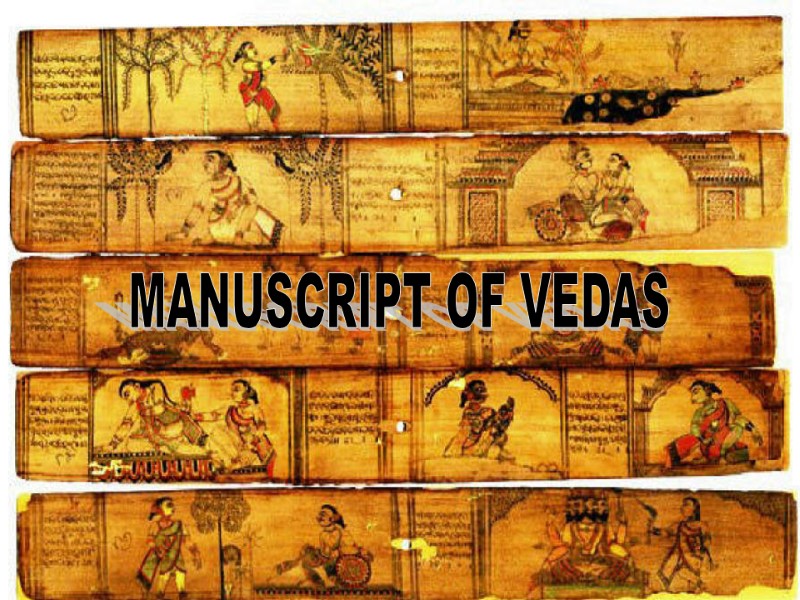
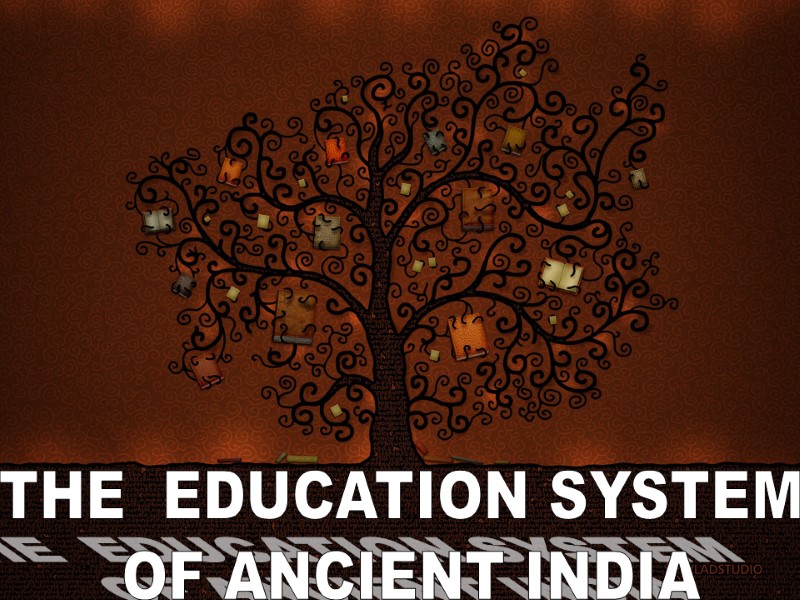
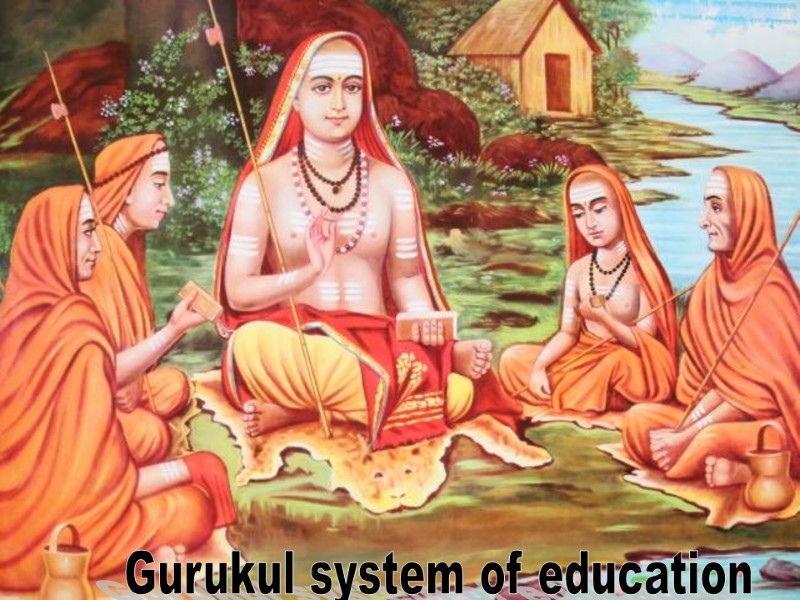

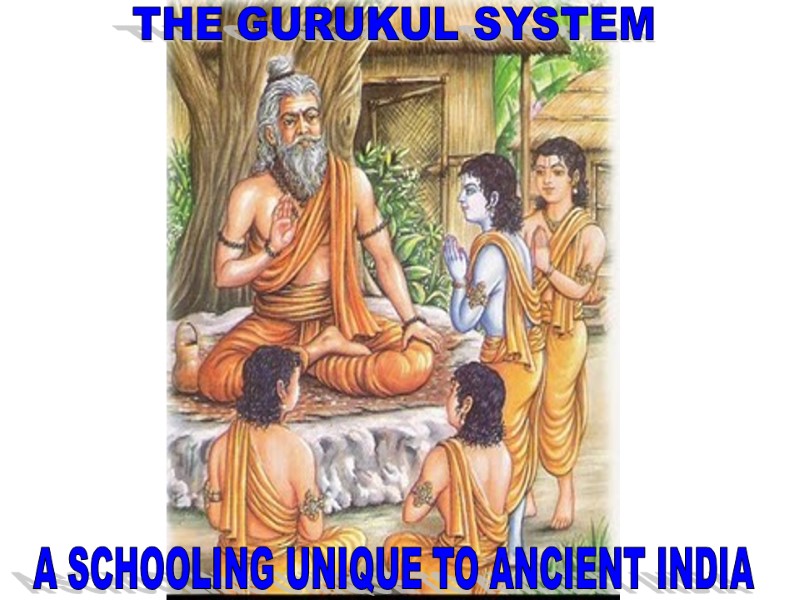
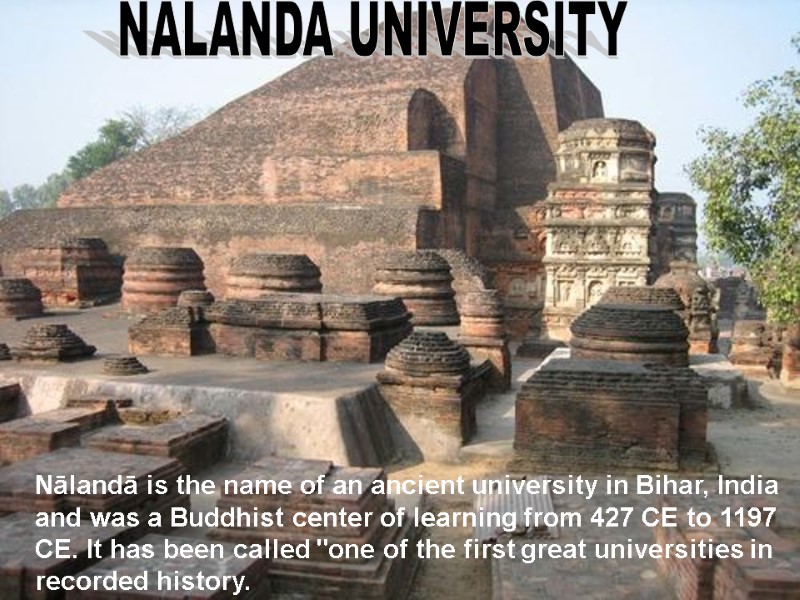
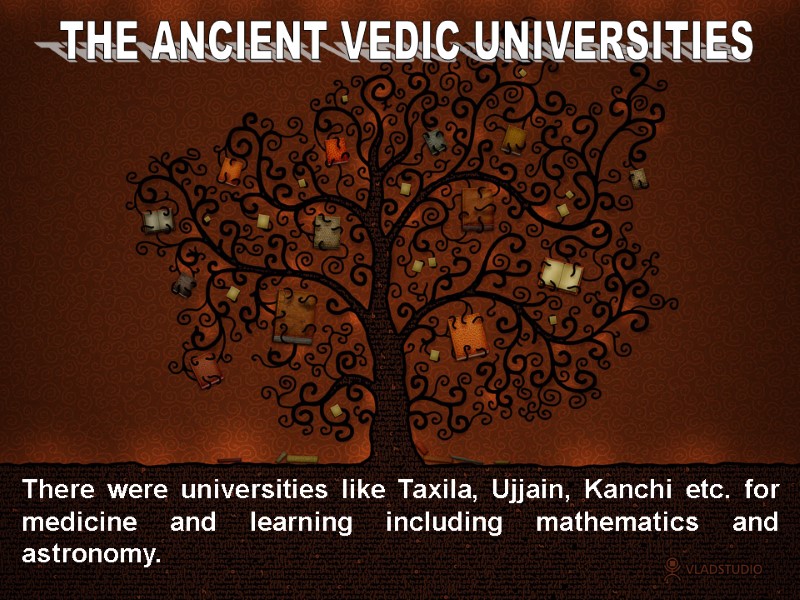
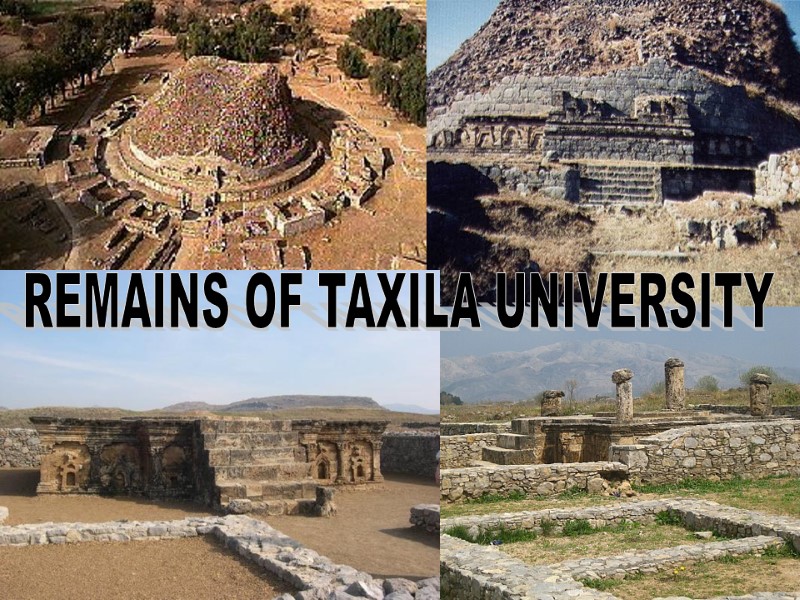
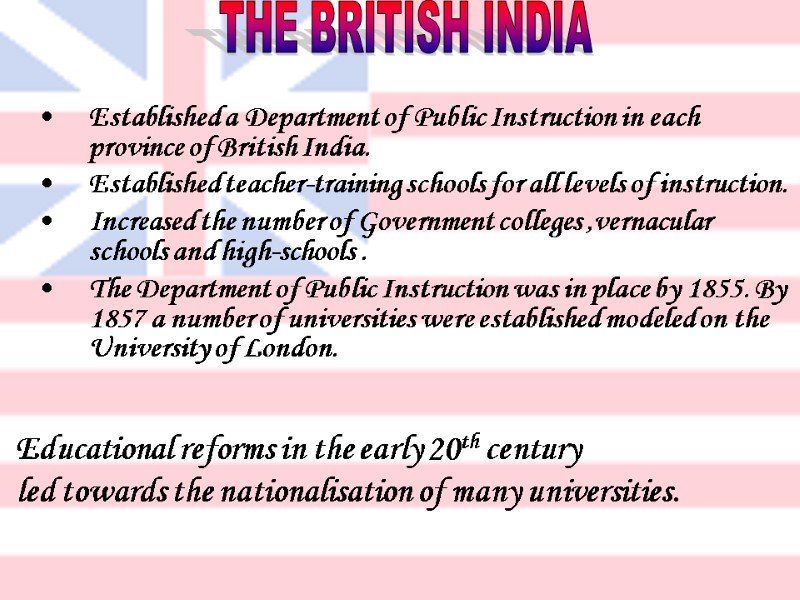
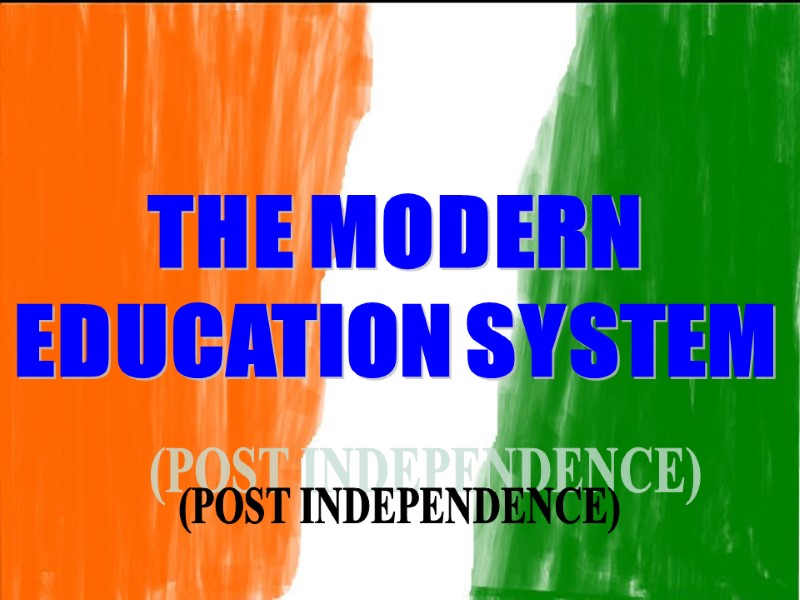
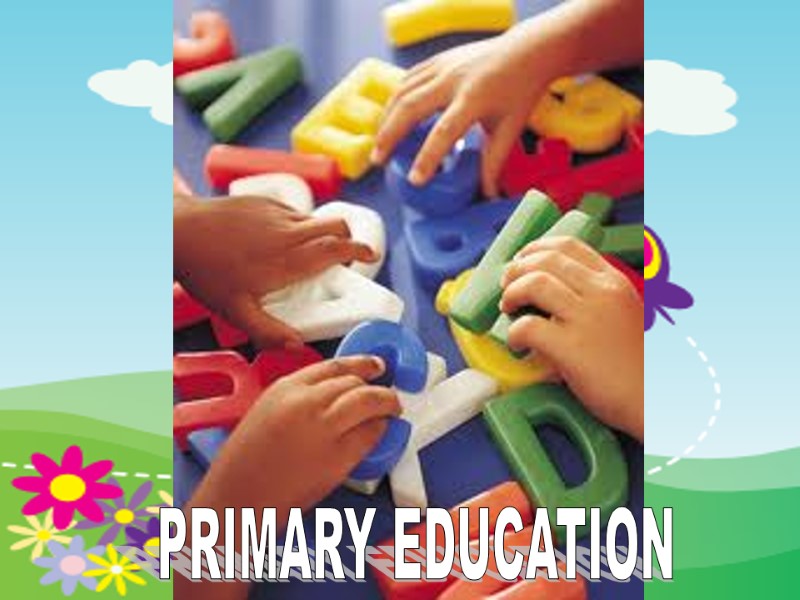

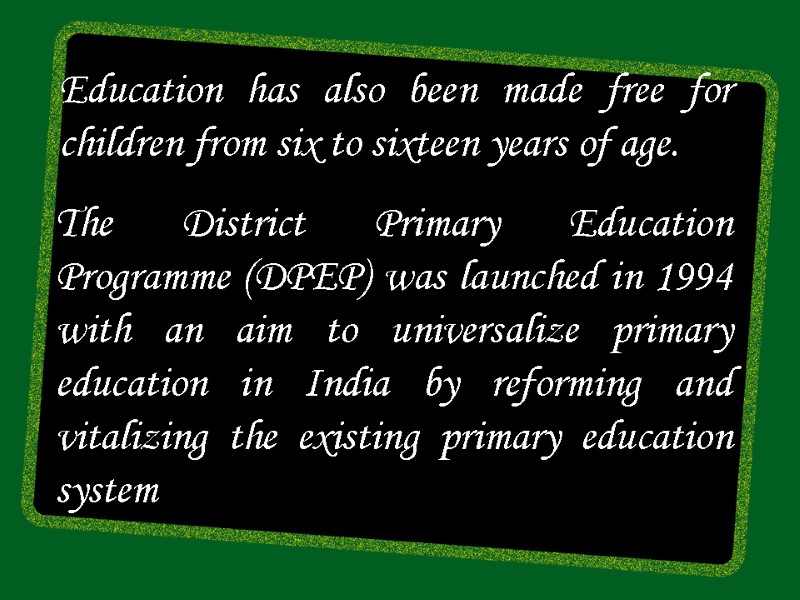
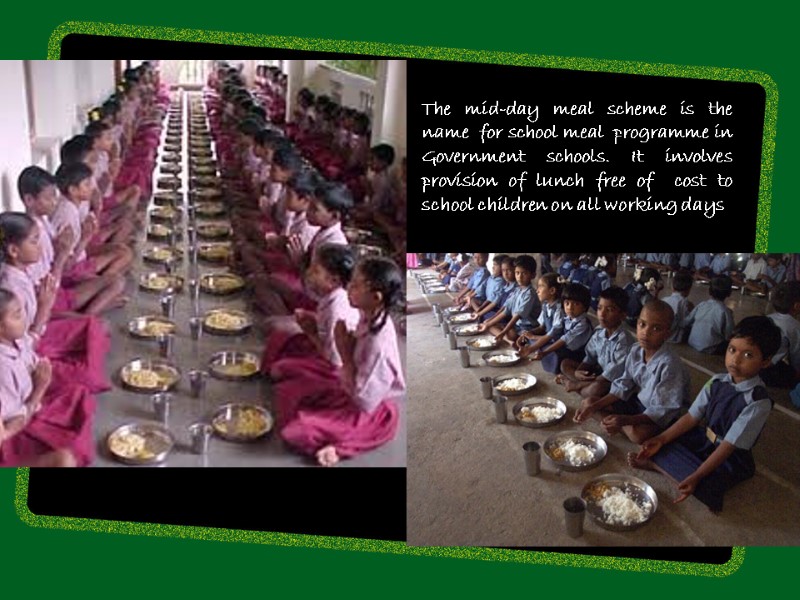
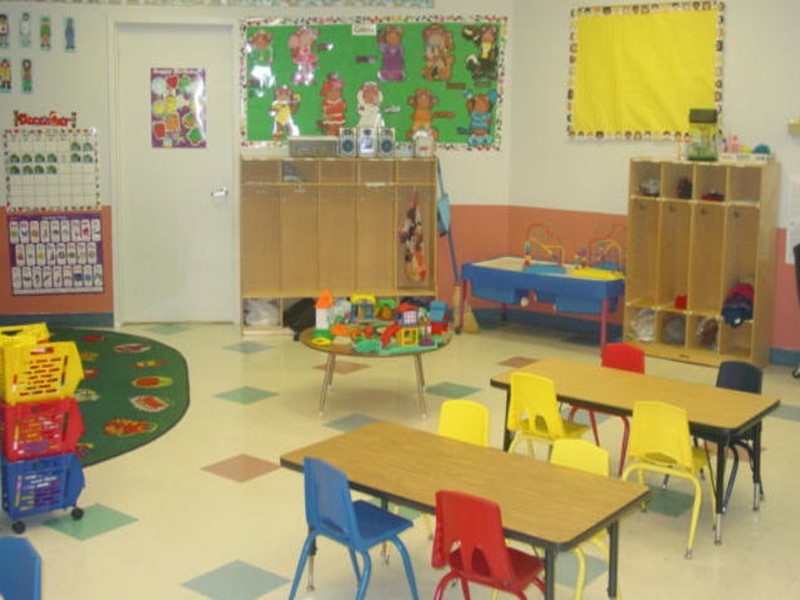
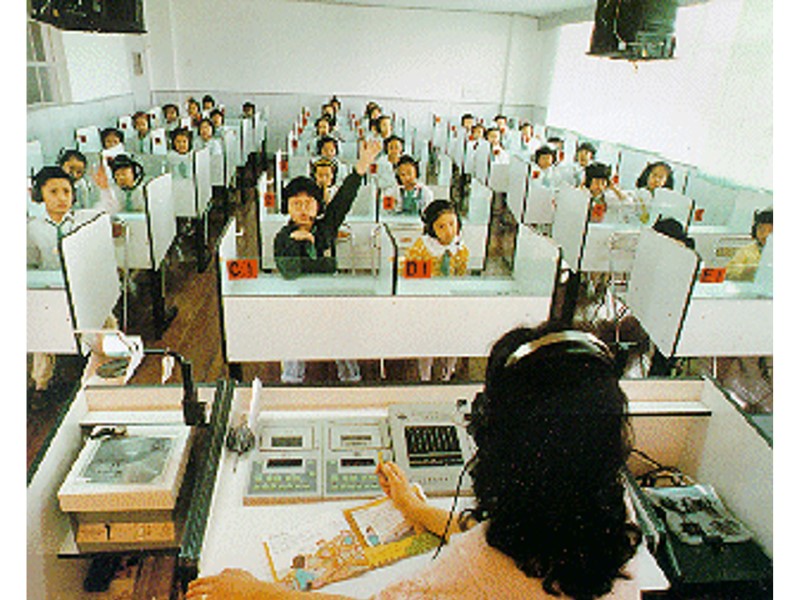
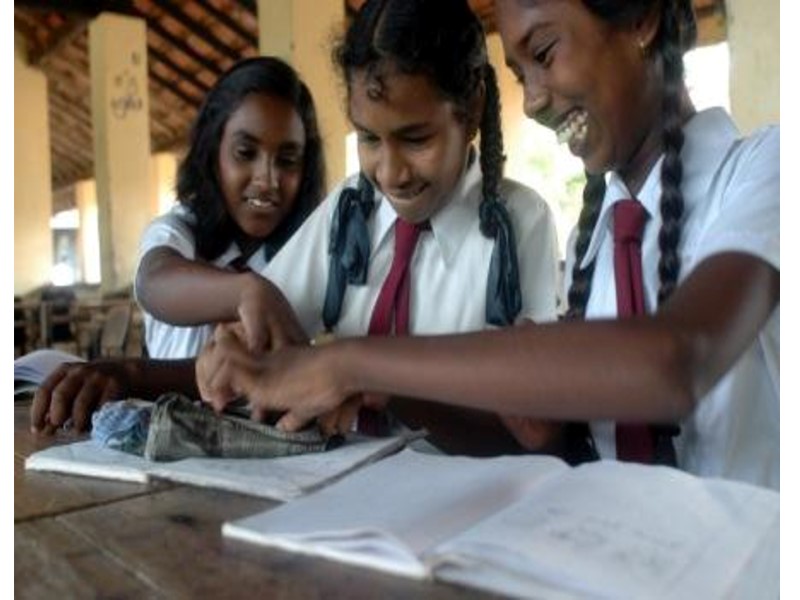
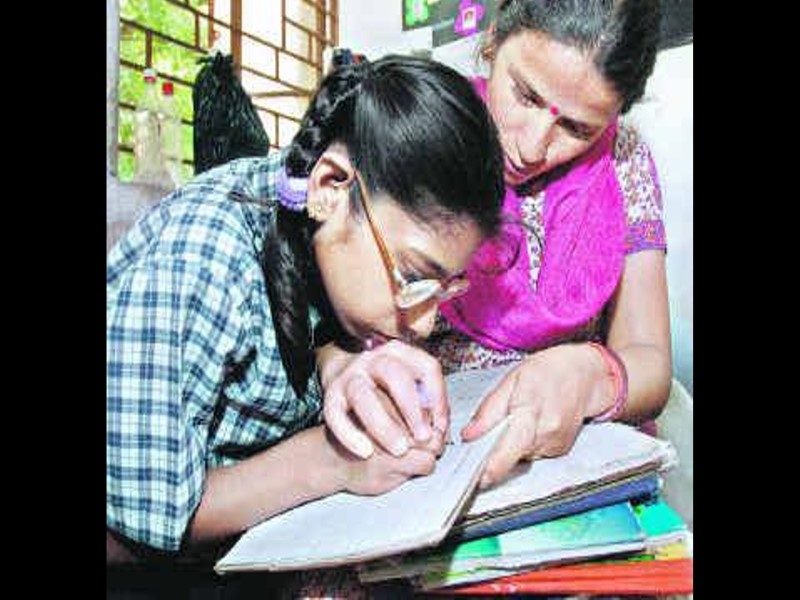
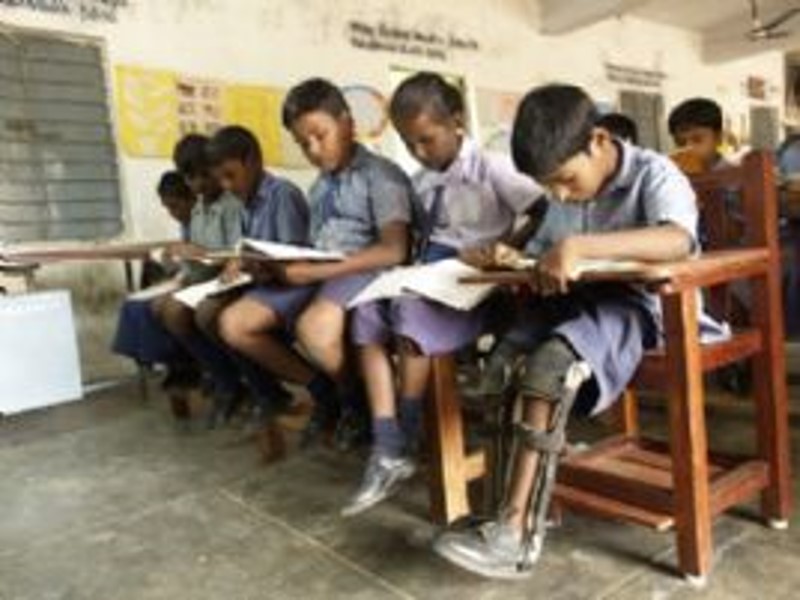
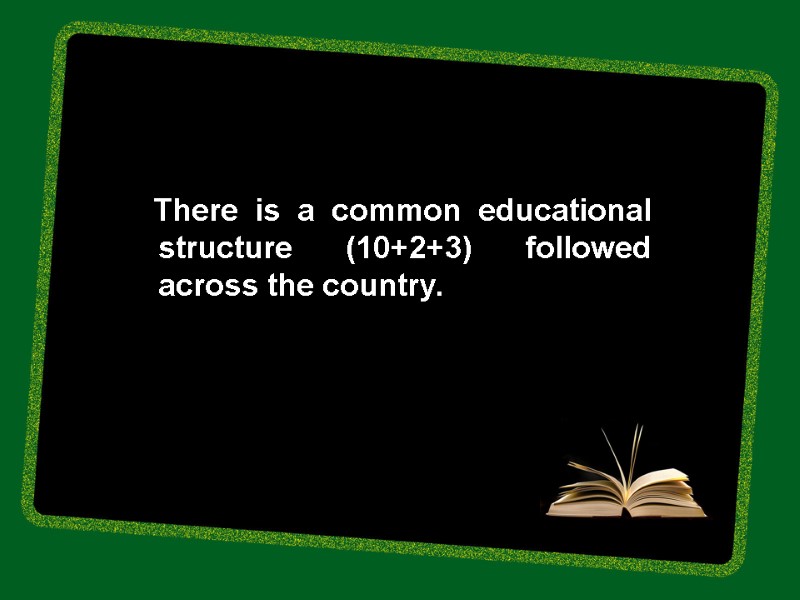
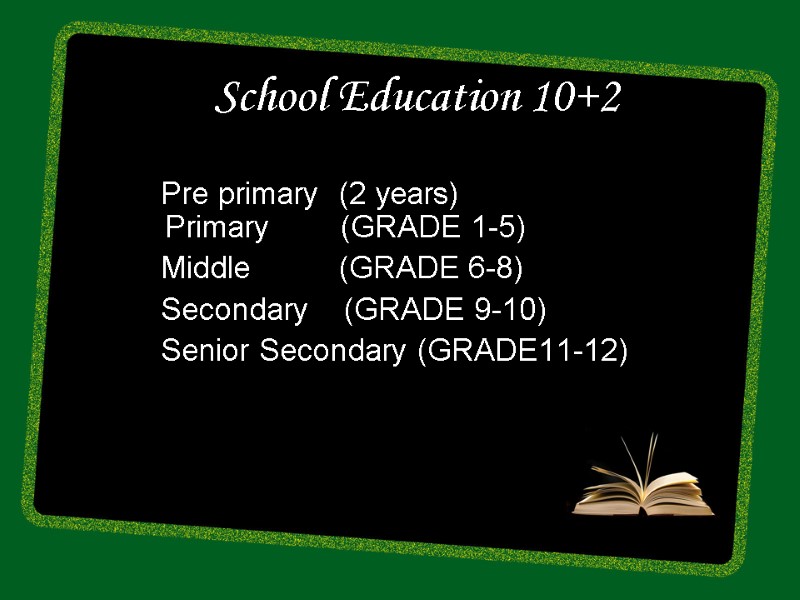

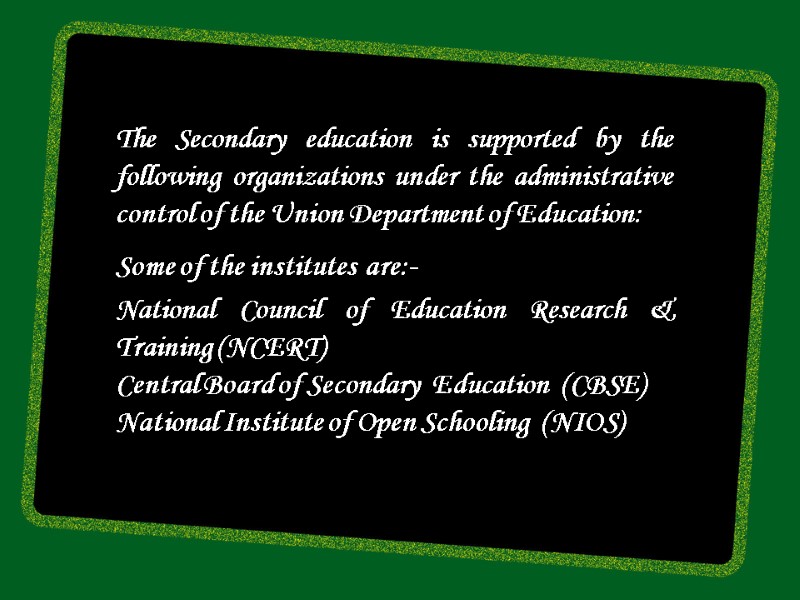
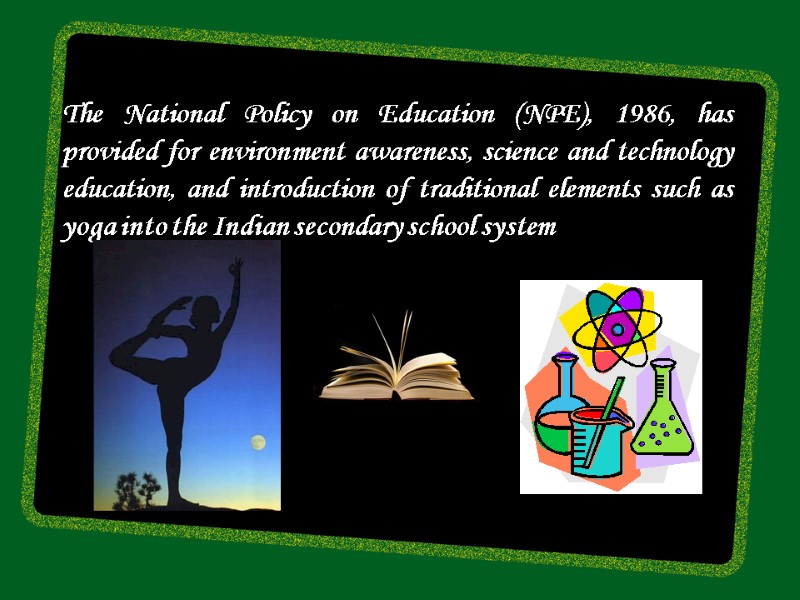
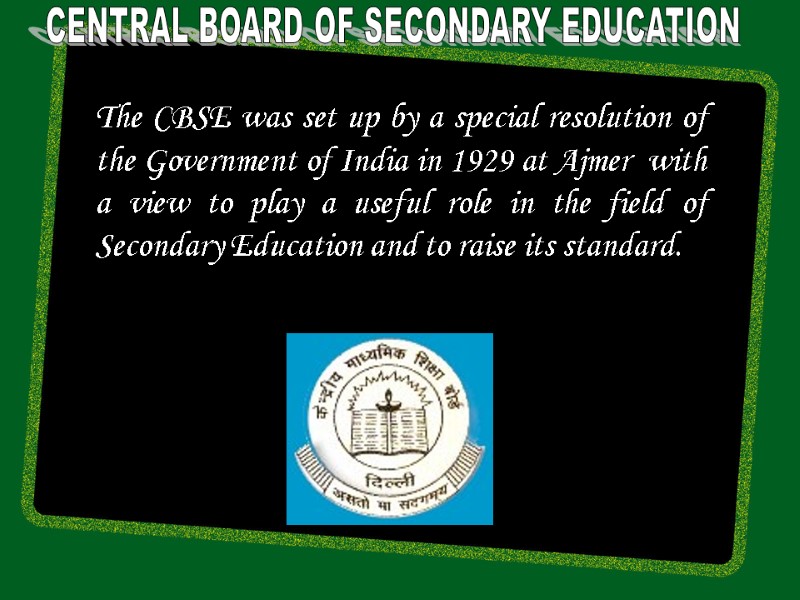
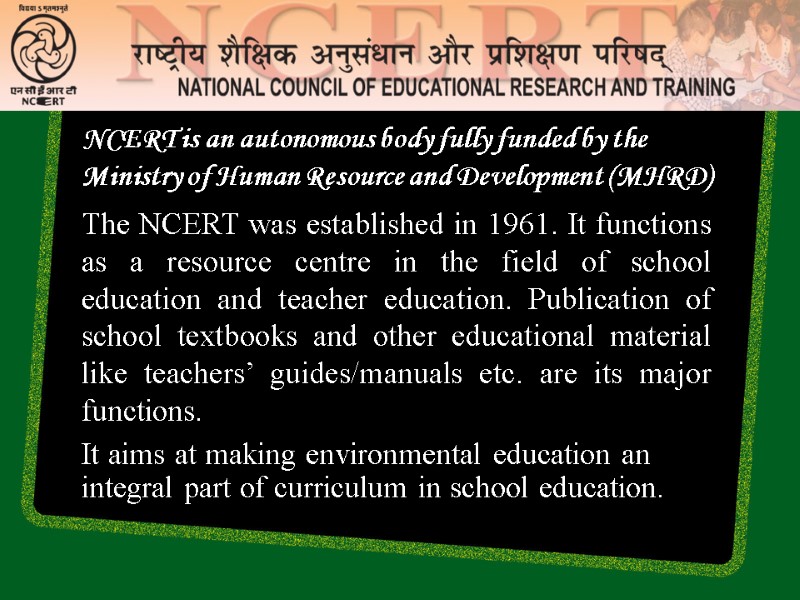
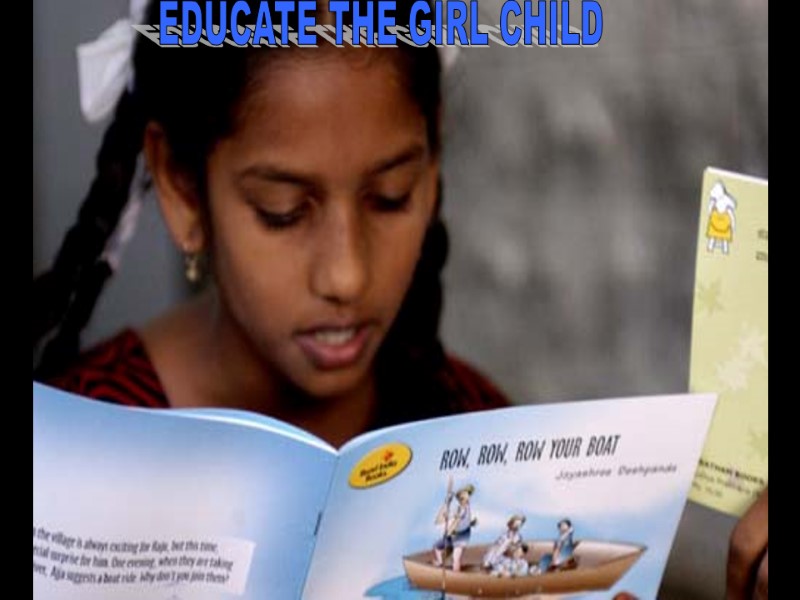

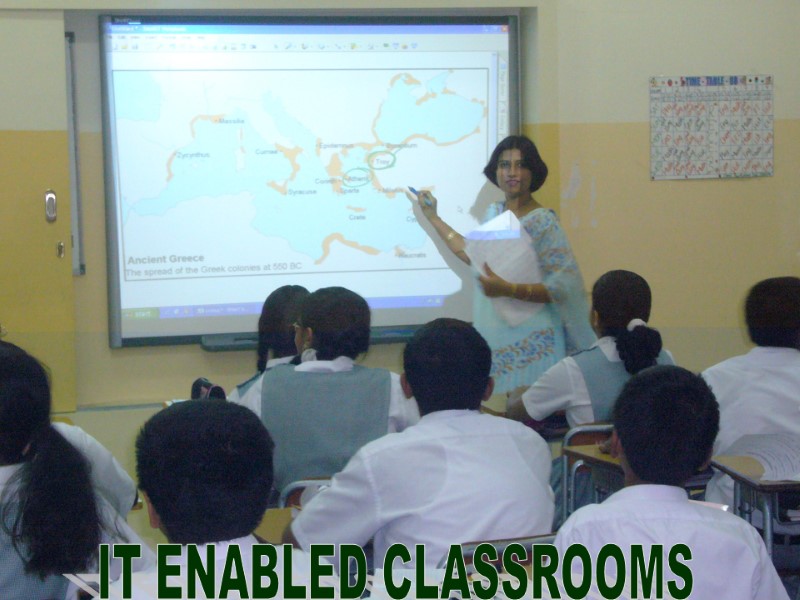
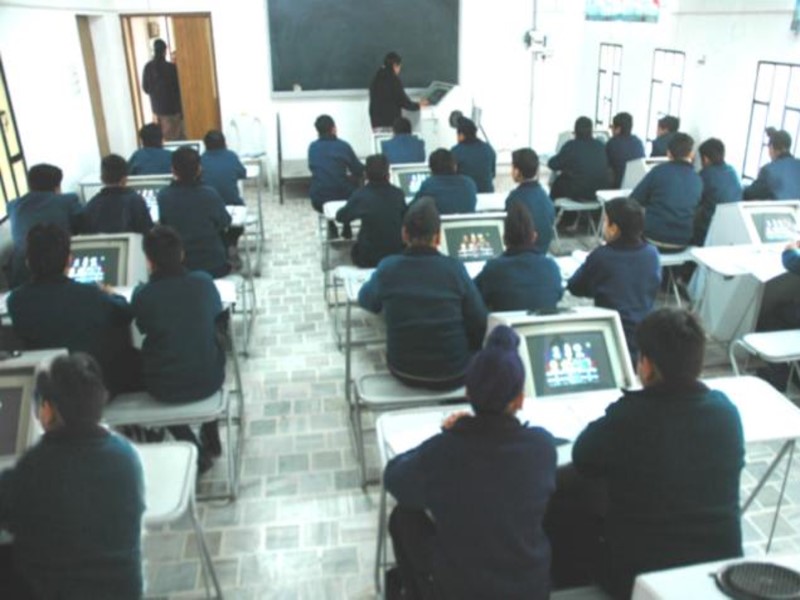
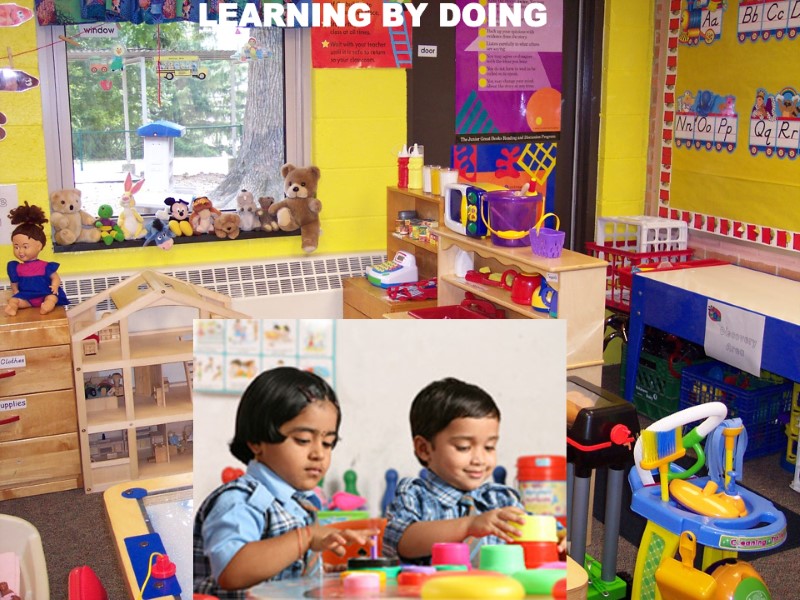
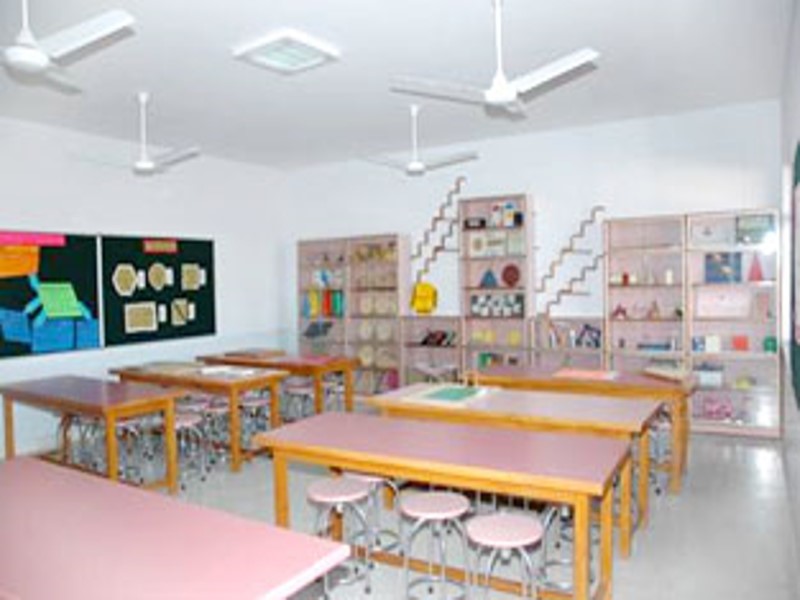
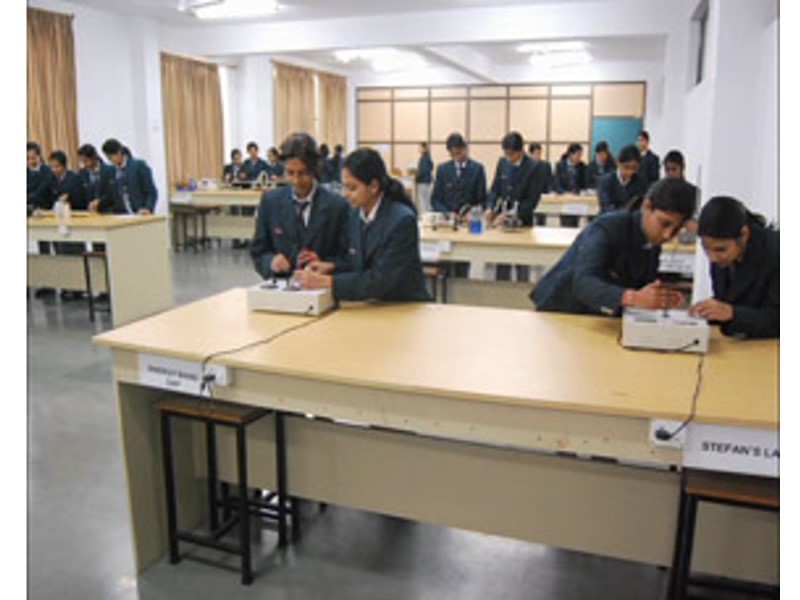
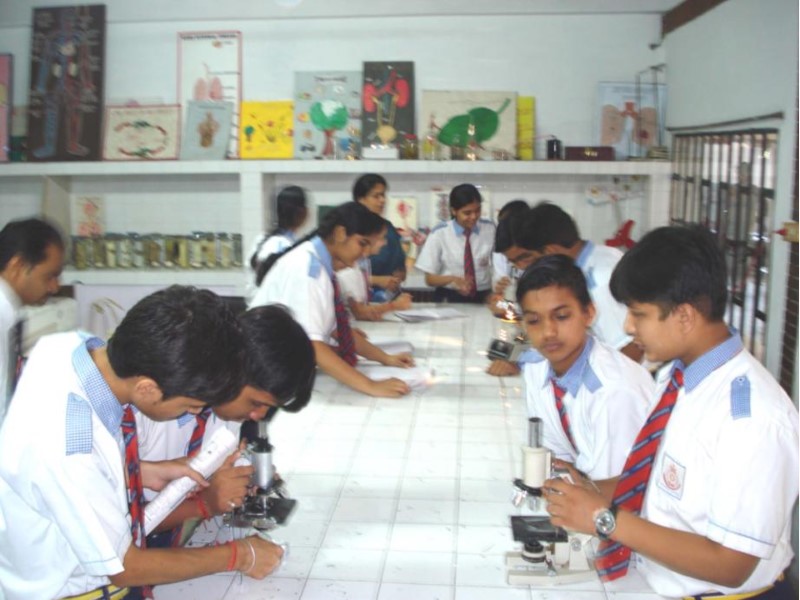
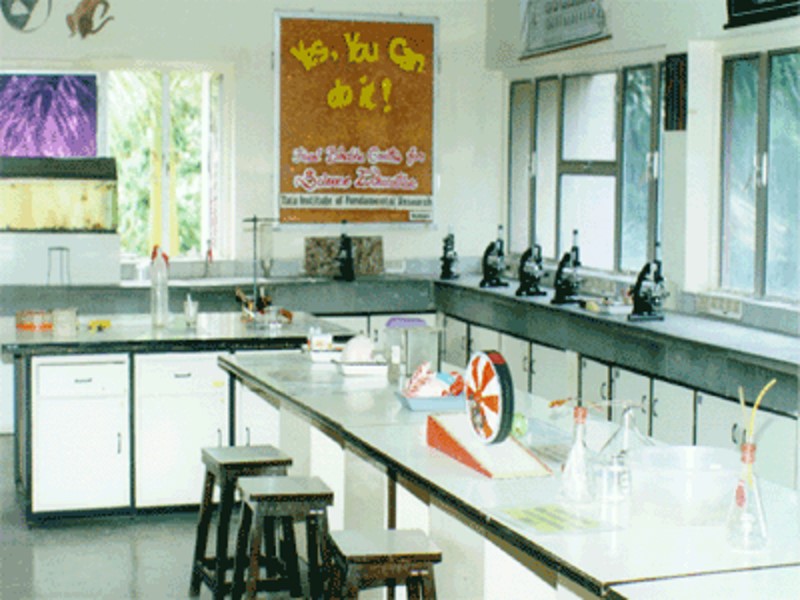
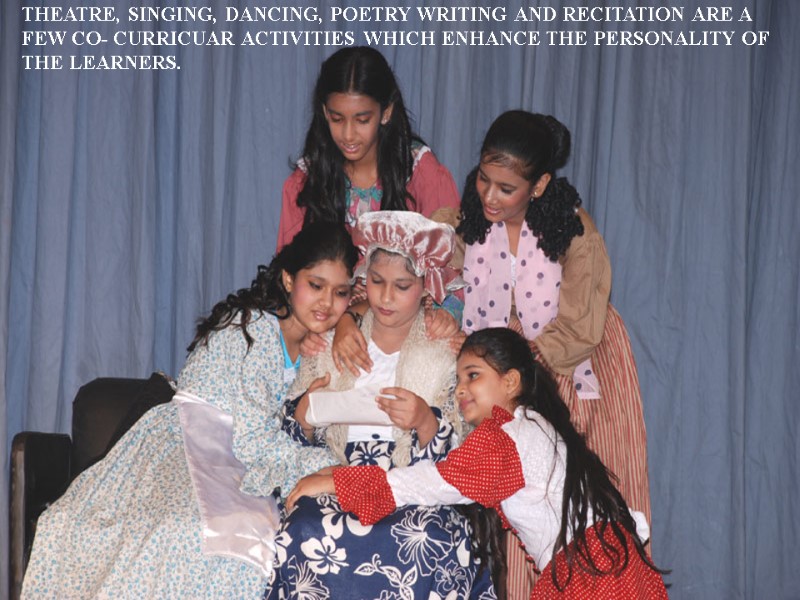
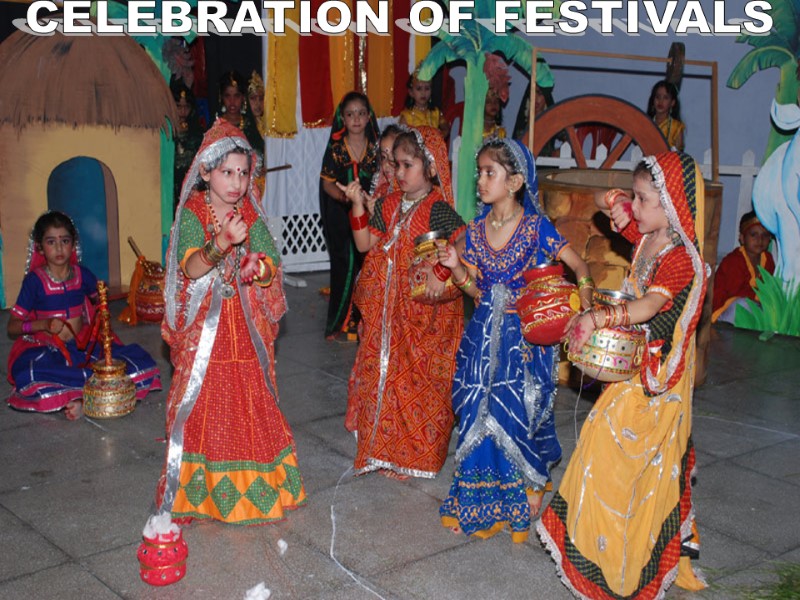
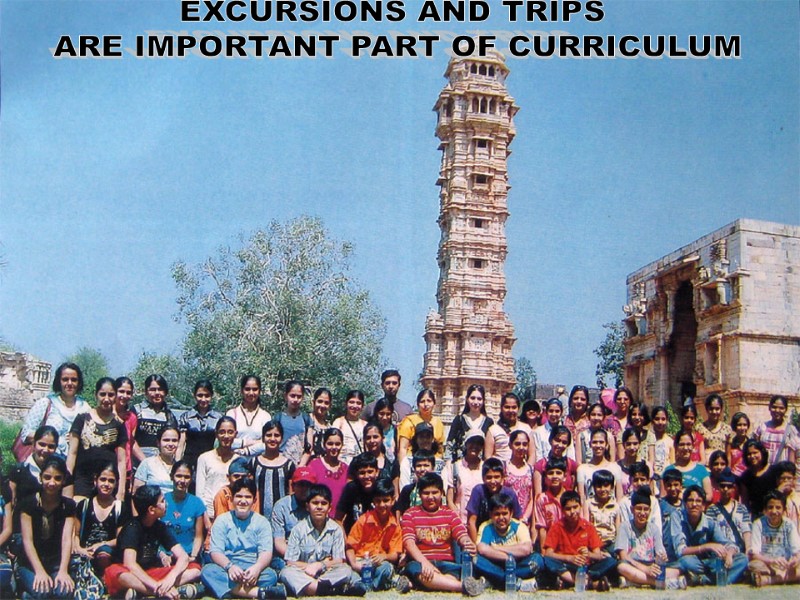
9798-indian_education_system.ppt
- Количество слайдов: 44
 THE INDIAN EDUCATION SYSTEM
THE INDIAN EDUCATION SYSTEM
 SARASWATI THE GODDESS OF WISDOM
SARASWATI THE GODDESS OF WISDOM
 GURU- THE TEACHER
GURU- THE TEACHER
 In India the Guru or the teacher is held in high esteem. Indeed, there is an understanding that if the devotee were presented with the guru and God, first he would pay respect to the guru, since the guru had been instrumental in leading him to God.
In India the Guru or the teacher is held in high esteem. Indeed, there is an understanding that if the devotee were presented with the guru and God, first he would pay respect to the guru, since the guru had been instrumental in leading him to God.
 VED VYASA edited the Vedas into four books : the Rig-Veda, the Yajur-Veda, the Sama-Veda and the Atharva-Veda. THE ANCIENT SCRIPTURES VED VYASA
VED VYASA edited the Vedas into four books : the Rig-Veda, the Yajur-Veda, the Sama-Veda and the Atharva-Veda. THE ANCIENT SCRIPTURES VED VYASA
 The Vedas are a large body of texts originating in ancient India. Composed in Vedic Sanskrit, the texts constitutes the oldest layer of Sanskrit literature and the oldest scriptures of Hinduism. Scholars have determined that the Rig Veda, the oldest of the four Vedas, was composed about 1500 B.C.
The Vedas are a large body of texts originating in ancient India. Composed in Vedic Sanskrit, the texts constitutes the oldest layer of Sanskrit literature and the oldest scriptures of Hinduism. Scholars have determined that the Rig Veda, the oldest of the four Vedas, was composed about 1500 B.C.
 MANUSCRIPT OF VEDAS
MANUSCRIPT OF VEDAS
 THE EDUCATION SYSTEM OF ANCIENT INDIA
THE EDUCATION SYSTEM OF ANCIENT INDIA
 Gurukul system of education
Gurukul system of education
 Gurukul was a type of school in India, residential in nature, with pupils living in proximity to the guru. In a gurukul, students resided together as equals, irrespective of their social standing, learnt from the guru and helped the guru in his day-to-day life. At the end of his studies, the pupil offered dakshina (fees) to the guru. The gurudakshina is a traditional gesture of acknowledgment, respect and thanks. THE GURUKUL SYSTEM
Gurukul was a type of school in India, residential in nature, with pupils living in proximity to the guru. In a gurukul, students resided together as equals, irrespective of their social standing, learnt from the guru and helped the guru in his day-to-day life. At the end of his studies, the pupil offered dakshina (fees) to the guru. The gurudakshina is a traditional gesture of acknowledgment, respect and thanks. THE GURUKUL SYSTEM
 THE GURUKUL SYSTEM A SCHOOLING UNIQUE TO ANCIENT INDIA
THE GURUKUL SYSTEM A SCHOOLING UNIQUE TO ANCIENT INDIA
 NALANDA UNIVERSITY Nālandā is the name of an ancient university in Bihar, India and was a Buddhist center of learning from 427 CE to 1197 CE. It has been called "one of the first great universities in recorded history.
NALANDA UNIVERSITY Nālandā is the name of an ancient university in Bihar, India and was a Buddhist center of learning from 427 CE to 1197 CE. It has been called "one of the first great universities in recorded history.
 There were universities like Taxila, Ujjain, Kanchi etc. for medicine and learning including mathematics and astronomy. THE ANCIENT VEDIC UNIVERSITIES
There were universities like Taxila, Ujjain, Kanchi etc. for medicine and learning including mathematics and astronomy. THE ANCIENT VEDIC UNIVERSITIES
 REMAINS OF TAXILA UNIVERSITY
REMAINS OF TAXILA UNIVERSITY
 Established a Department of Public Instruction in each province of British India. Established teacher-training schools for all levels of instruction. Increased the number of Government colleges ,vernacular schools and high-schools . The Department of Public Instruction was in place by 1855. By 1857 a number of universities were established modeled on the University of London. THE BRITISH INDIA Educational reforms in the early 20th century led towards the nationalisation of many universities.
Established a Department of Public Instruction in each province of British India. Established teacher-training schools for all levels of instruction. Increased the number of Government colleges ,vernacular schools and high-schools . The Department of Public Instruction was in place by 1855. By 1857 a number of universities were established modeled on the University of London. THE BRITISH INDIA Educational reforms in the early 20th century led towards the nationalisation of many universities.
 THE MODERN EDUCATION SYSTEM (POST INDEPENDENCE)
THE MODERN EDUCATION SYSTEM (POST INDEPENDENCE)
 PRIMARY EDUCATION
PRIMARY EDUCATION
 The Indian government lays great emphasis to primary education up to the age of fourteen years (referred to as Elementary Education in India.) The Indian government has also banned child labour in order to ensure that the children do not enter unsafe working conditions.
The Indian government lays great emphasis to primary education up to the age of fourteen years (referred to as Elementary Education in India.) The Indian government has also banned child labour in order to ensure that the children do not enter unsafe working conditions.
 Education has also been made free for children from six to sixteen years of age. The District Primary Education Programme (DPEP) was launched in 1994 with an aim to universalize primary education in India by reforming and vitalizing the existing primary education system
Education has also been made free for children from six to sixteen years of age. The District Primary Education Programme (DPEP) was launched in 1994 with an aim to universalize primary education in India by reforming and vitalizing the existing primary education system
 The mid-day meal scheme is the name for school meal programme in Government schools. It involves provision of lunch free of cost to school children on all working days
The mid-day meal scheme is the name for school meal programme in Government schools. It involves provision of lunch free of cost to school children on all working days





 There is a common educational structure (10+2+3) followed across the country.
There is a common educational structure (10+2+3) followed across the country.
 School Education 10+2 Pre primary (2 years) Primary (GRADE 1-5) Middle (GRADE 6-8) Secondary (GRADE 9-10) Senior Secondary (GRADE11-12)
School Education 10+2 Pre primary (2 years) Primary (GRADE 1-5) Middle (GRADE 6-8) Secondary (GRADE 9-10) Senior Secondary (GRADE11-12)
 Significant feature of India's secondary school system is the emphasis on inclusion of the disadvantaged sections of the society. Another feature of India's secondary school system is its emphasis on profession based vocational training to help students attain skills for finding a vocation of his/her choosing. SECONDARY EDUCATION
Significant feature of India's secondary school system is the emphasis on inclusion of the disadvantaged sections of the society. Another feature of India's secondary school system is its emphasis on profession based vocational training to help students attain skills for finding a vocation of his/her choosing. SECONDARY EDUCATION
 The Secondary education is supported by the following organizations under the administrative control of the Union Department of Education: Some of the institutes are:- National Council of Education Research & Training (NCERT) Central Board of Secondary Education (CBSE) National Institute of Open Schooling (NIOS)
The Secondary education is supported by the following organizations under the administrative control of the Union Department of Education: Some of the institutes are:- National Council of Education Research & Training (NCERT) Central Board of Secondary Education (CBSE) National Institute of Open Schooling (NIOS)
 The National Policy on Education (NPE), 1986, has provided for environment awareness, science and technology education, and introduction of traditional elements such as yoga into the Indian secondary school system
The National Policy on Education (NPE), 1986, has provided for environment awareness, science and technology education, and introduction of traditional elements such as yoga into the Indian secondary school system
 The CBSE was set up by a special resolution of the Government of India in 1929 at Ajmer with a view to play a useful role in the field of Secondary Education and to raise its standard. CENTRAL BOARD OF SECONDARY EDUCATION
The CBSE was set up by a special resolution of the Government of India in 1929 at Ajmer with a view to play a useful role in the field of Secondary Education and to raise its standard. CENTRAL BOARD OF SECONDARY EDUCATION
 The NCERT was established in 1961. It functions as a resource centre in the field of school education and teacher education. Publication of school textbooks and other educational material like teachers’ guides/manuals etc. are its major functions. NCERT is an autonomous body fully funded by the Ministry of Human Resource and Development (MHRD) It aims at making environmental education an integral part of curriculum in school education.
The NCERT was established in 1961. It functions as a resource centre in the field of school education and teacher education. Publication of school textbooks and other educational material like teachers’ guides/manuals etc. are its major functions. NCERT is an autonomous body fully funded by the Ministry of Human Resource and Development (MHRD) It aims at making environmental education an integral part of curriculum in school education.
 EDUCATE THE GIRL CHILD
EDUCATE THE GIRL CHILD
 changing face of education.......
changing face of education.......
 IT ENABLED CLASSROOMS
IT ENABLED CLASSROOMS

 LEARNING BY DOING
LEARNING BY DOING




 THEATRE, SINGING, DANCING, POETRY WRITING AND RECITATION ARE A FEW CO- CURRICUAR ACTIVITIES WHICH ENHANCE THE PERSONALITY OF THE LEARNERS.
THEATRE, SINGING, DANCING, POETRY WRITING AND RECITATION ARE A FEW CO- CURRICUAR ACTIVITIES WHICH ENHANCE THE PERSONALITY OF THE LEARNERS.
 CELEBRATION OF FESTIVALS
CELEBRATION OF FESTIVALS
 EXCURSIONS AND TRIPS ARE IMPORTANT PART OF CURRICULUM
EXCURSIONS AND TRIPS ARE IMPORTANT PART OF CURRICULUM

